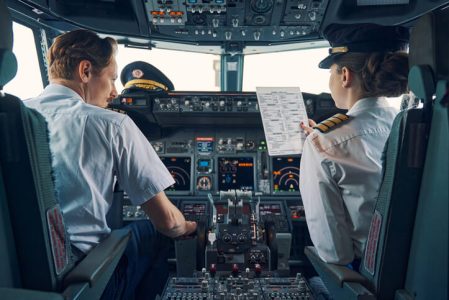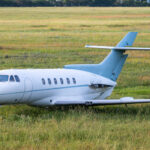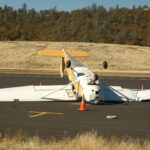How SOPs Affect CFIT
Every aviation incident or accident has a connection to Human Factors and Crew Resource Management (CRM) in one way or another. Each link of the error chain can eventually be traced back to human beings, and therefore human behaviors and decision making. The error may come from the flight crew, air traffic control, maintenance, aircraft design or organizational factors, but at some point, there was a human involved. Because of this, when discussing Controlled Flight into Terrain (CFIT) and Approach and Landing Accident Reduction (ALAR), it is critical to understand the importance of Standard Operating Procedures (SOPs).
Standard Operating Procedures
SOPs provide a consistent, standardized model of each task that must be performed by each crewmember (even single pilot operators) during each phase of flight, as well as during any reasonably anticipated abnormal, non-normal or emergency situation. These procedures are universally recognized as fundamental to the safe operation of an airplane, but accidents and incidents continue to occur as a direct result of a failure to follow SOPs. In fact, without strict adherence to SOPs, implementing CRM practices is all but impossible, leading to even more flight risks.
The following is a list of SOP aspects frequently involved in approach and landing accidents:
- Task sharing.
- Rules for use of automation.
- Standard calls.
- Use of normal checklists
- Altimeter setting and cross-check procedures.
- Descent profile management.
- Energy management during approach.
- Terrain awareness.
- Elements of a stabilized approach and approach gates.
- Approach procedures and techniques.
- Landing and braking techniques for various runway contaminants and wind conditions.
- Readiness and commitment to go-around.
Why Pilots Deviate from SOPs
Although not recommended, there are times when pilots intentionally deviate from SOPs. A pilot might feel that an alternate procedure may be more appropriate for a given situation, especially if it is abnormal. Other times, deviations from SOPs are unintentional because of a variety of human factors. In either case, it is important to recognize that SOPs are established after extensive research and have been determined to be the best action for the safety of the flight.
When discussing deviations from SOPs that lead to incidents or accidents, the following factors are often cited as the cause:
- Task Saturation.
- Inadequate training.
- Printed information that is not easily understood.
- Perception that a procedure is inappropriate.
- Insufficient emphasis on adherence to SOPs during transition or recurrent training.
- Inadequate vigilance (fatigue).
- Interruptions (pilot-controller communication, cabin crew).
- Distractions (flight deck activities).
- Incorrect management of priorities.
- Reduced attention (tunnel vision) in abnormal conditions or high workload.
- Incorrect crew resource management techniques for crew coordination, cross-check and backup.
- Company policies (schedules, costs, go-arounds and diversions.
- Personal desires or constraints (schedule, mission completion).
- Complacency.
- Overconfidence.
Creating and Implementing Effective SOPs
Effectively turning a procedure into an SOP depends on several factors. Optimal crew coordination and crew performance depend on the crew sharing a mental model of each task. The way to create this mental model is through effective SOPs. To implement a procedure as an SOP, the following factors are suggested:
- The procedure is appropriate to the situation.
- The procedure is practical to use.
- Crewmembers understand the reason for the procedure.
- Pilot flying (PF) and pilot monitoring (PM) duties are clearly established.
- Effective training is conducted.
- Adherence to the standard is emphasized by flight crews, and reinforced by instructors, check pilots and managers.
- Crewmembers are aware of the potential risks/hazards if SOPs are not followed.
When identifying the operations and training issues that are causal factors in approach and landing accidents, including those involving CFIT, SOPs are at the top of the list. Whether a crew is facing an abnormal/emergency situation or is simply exhausted from a long day of flying, SOPs are critical to the safe outcome of the flight. Using these procedures each and every time we fly will make them second nature and will ensure that they will be top of mind when we need them.









